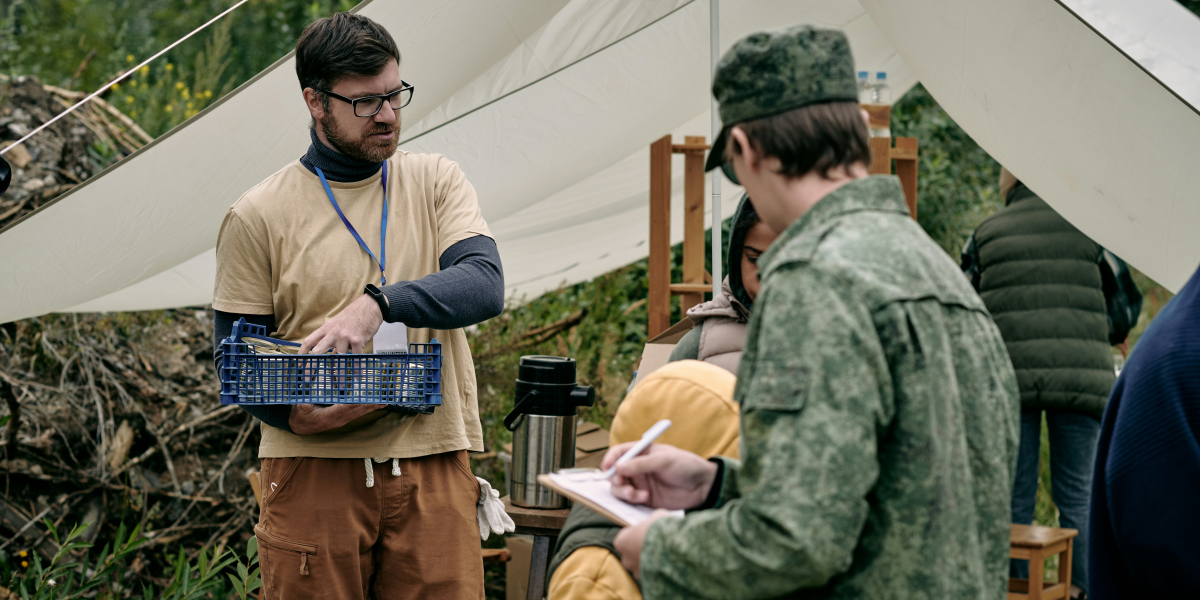Stretching at Work: More Needed Than We Might Think
In today’s workplace, where sitting at a desk for long hours is the norm, taking time to stretch might seem trivial. However, stretching at work is essential for maintaining physical health, improving mental well-being, and enhancing productivity. This article explores the many benefits of stretching at work, including physical health improvements, mental benefits, practical tips for office stretching, ergonomic advantages, and ways to foster a healthier work environment.
Physical Health Benefits: Reducing Tension and Improving Flexibility
Prolonged sitting and repetitive motions at work can lead to stiffness, muscle imbalances, and discomfort. Regular stretching helps alleviate these issues, promoting a healthier body.
Reduced Muscle Tension
One of the primary physical benefits of stretching at work is its ability to reduce muscle tension. Sitting for extended periods often leads to tightness in areas like the neck, shoulders, and lower back. Stretching relieves this tension, improving circulation and allowing muscles to relax. For those who work at computers, shoulder rolls, neck stretches, and back extensions can ease tightness, reducing discomfort and promoting overall relaxation.
Improved Posture
Poor posture is a common problem in desk-bound jobs. Hours spent hunched over a desk can cause the shoulders to round and the spine to curve, leading to posture-related issues. Stretching specific muscle groups, such as the chest, upper back, and hip flexors, can help counteract poor posture. By loosening tight muscles and strengthening weak areas, stretching supports a neutral spine position and helps employees maintain a healthier posture.
Increased Flexibility
Incorporating regular stretches into the workday also increases flexibility, supporting a better range of motion and mobility. Flexibility is essential for daily tasks, from lifting objects to bending and reaching comfortably. Stretches targeting areas like the hips, legs, and back can help improve joint mobility, making everyday activities easier and reducing the risk of injury.
Mental Health and Productivity: Boosting Focus and Relieving Stress
Stretching doesn’t just benefit the body; it’s also highly beneficial for mental well-being. Incorporating brief stretching sessions into the day can reduce stress, enhance focus, and improve mood.
Stress Relief
The physical act of stretching promotes relaxation, which helps to relieve stress. Muscle tension and stress often go hand in hand; as tension builds in the body, stress levels can increase. Stretching loosens tight muscles, alleviates physical discomfort, and activates the parasympathetic nervous system, helping employees feel calmer during busy workdays. Even a few minutes of stretching can provide a mental break that helps reduce stress.
Enhanced Focus
Stretching can also improve mental focus. Sitting for long periods without movement leads to mental fatigue and reduced concentration. Taking short stretching breaks throughout the day re-energizes the body and mind, helping employees return to work with greater alertness and improved focus. These quick resets prevent burnout and help employees stay productive throughout the day.
Mood Improvement
Physical activity, even in the form of stretching, releases endorphins—chemicals that naturally boost mood. Stretching can have a significant positive effect on mood, helping employees feel more positive and reducing irritability. When people feel better mentally, they’re more likely to engage in their tasks and interact positively with colleagues, contributing to a healthier workplace atmosphere.
Practical Tips for Office Stretching: Incorporating Simple Stretches into the Day
Incorporating stretching into the workday doesn’t need to be complicated. A few simple techniques can make stretching an easy and beneficial addition to the daily routine.
Timing and Frequency
Aim to stretch every hour or two to keep muscles active and prevent stiffness. Short, frequent stretches are more beneficial than long, infrequent sessions. Scheduling these breaks can be as simple as standing up, stretching the arms overhead, and rolling the shoulders a few times. Regular movement intervals are especially helpful in preventing stiffness and maintaining energy levels.
Types of Stretches
Focus on stretches that can be done at the desk, including neck rolls, shoulder stretches, wrist flexes, and seated leg extensions. For example, neck rolls help relieve tension from prolonged computer use, shoulder stretches ease tightness, and wrist flexes reduce strain from typing. These simple stretches take only a few moments and can make a significant difference in overall comfort.
Stretching Reminders
Using digital reminders, apps, or alarms can help ensure consistency with stretching. Many fitness apps and wearable devices have reminders to prompt movement, making it easier to remember stretching breaks. By setting reminders, employees can make stretching a regular habit, seamlessly integrating it into the workday.
Ergonomic Benefits: Reducing Strain and Supporting Joint Health
In addition to relieving tension and improving flexibility, stretching at work has ergonomic benefits that promote long-term joint health and prevent injury.
Reduced Risk of Repetitive Strain Injuries
Repetitive strain injuries (RSIs) are common in office environments, especially for those who type or use a mouse for extended periods. Stretching alleviates strain from repetitive motions by loosening tight muscles and improving blood flow to overused areas. Wrist and finger stretches, for example, can reduce the risk of carpal tunnel syndrome and other repetitive strain injuries.
Support for Joint Health
Stretching maintains joint flexibility, especially in the wrists, shoulders, and lower back, promoting overall joint health. Regular movement lubricates joints and encourages circulation, which is essential for joint function. Keeping joints active through stretching reduces stiffness, helping employees feel more comfortable and mobile throughout the day.
Lower Risk of Musculoskeletal Issues
Long hours of sitting and poor posture can lead to musculoskeletal issues, such as chronic back pain or neck stiffness. Stretching combats these problems by maintaining muscle elasticity and joint flexibility, reducing the risk of chronic conditions. Regular stretching can also prevent muscle imbalances that result from sitting in the same position for extended periods, contributing to better long-term health.
Fostering a Healthier Work Environment: Encouraging a Culture of Well-Being
Encouraging employees to stretch can create a healthier and more supportive work environment. Organizations that promote well-being and incorporate stretching initiatives can improve employee satisfaction and productivity.
Encouraging Stretching Breaks
Workplaces can encourage stretching breaks by setting designated times or encouraging employees to take short breaks as needed. Implementing structured breaks, such as a “movement minute” every hour, allows employees to stretch together and stay active throughout the day. Providing support for these activities fosters a culture of well-being and shows employees that their health is a priority.
Group Stretching Sessions
Offering group stretching sessions, either at the start of the workday or during lunch breaks, can be a fun and effective way to promote stretching. These sessions provide an opportunity for team bonding, building a sense of community and shared commitment to health. Group stretching also makes the activity more enjoyable, encouraging more people to participate regularly.
Providing Educational Resources
Organizations can further promote stretching by providing educational resources on its benefits and effective techniques. Handouts, posters, or instructional videos can teach employees simple stretches they can perform at their desks. Educating employees on proper stretching techniques empowers them to take charge of their health and encourages a proactive approach to well-being.
Stretching at work offers numerous benefits, from reducing muscle tension and improving posture to relieving stress and boosting focus. With practical strategies like timing stretching breaks, selecting appropriate stretches, and fostering a health-focused work environment, employees can easily incorporate stretching into their daily routines. As workplaces continue to evolve, emphasizing wellness practices like stretching can lead to a happier, healthier, and more productive workforce. By recognizing the importance of stretching, employees and employers alike can make a positive investment in long-term well-being.












